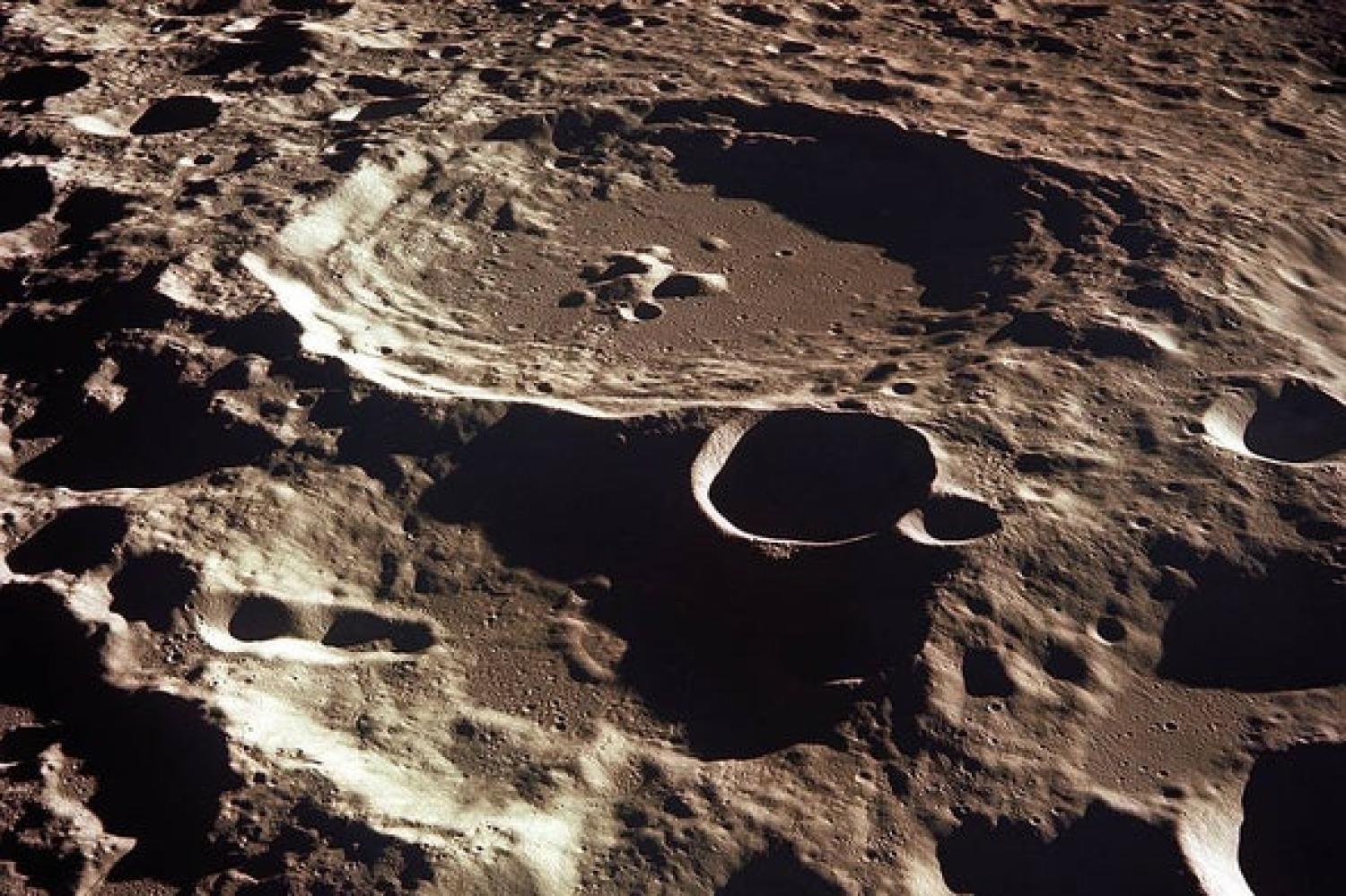Astronomers Battle Space Explorers for Access to Moon’s Far Side

From Scientific American: As countries and private companies race to return to the moon, the need to protect the lunar far side—the hemisphere of Earth’s companion that always faces away from our planet—continues to grow. For decades, scientists have argued that the far side’s unique combination of accessibility and isolation makes it vital real estate for a plethora of space science activities. Nevertheless, the quickening pace of public and private lunar exploration could soon overwhelm this viewpoint.
At least, that possibility is feared by Claudio Maccone, a space scientist at Italy’s National Institute for Astrophysics. He is also a member of the International Academy of Astronautics (IAA), which aired his concerns—and potential solutions—at a meeting held via teleconference on March 25.
Maccone’s preferred approach to preserving the far side’s sanctity would be a so-called protected antipode circle, or PAC, a circular piece of terrain measuring roughly 1,820 kilometers in diameter in that hemisphere. Near the center of the proposed PAC site lies the 80-kilometer-wide Daedalus Crater, a lunar feature with a rim high enough to act as a shield against electromagnetic interference for any astronomical observatories situated inside it. “We want to protect the lunar far side—which is ideal for a future radio telescope or phased-array detectors—from any human-made radio pollution,” Maccone says. Read more...

